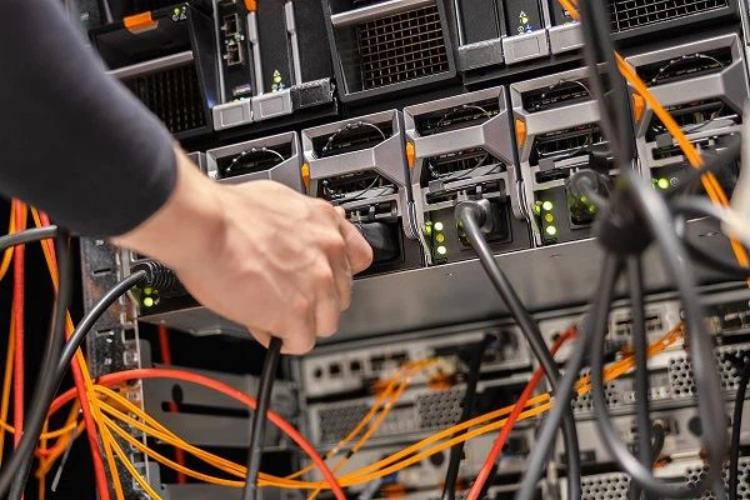The general requirements of power cable transport

(1) Power cables are wrapped around cable castings during transportation, storage, and installation. 30m below the short section of the cable, it can also be rolled into a circle not less than the minimum bending radius of the cable, and bundled at least 4 times after transportation. In the past, wood structure cables were mostly used, but now steel structures are mostly used, because the steel structure is strong, not easy to be damaged, the cables are good, and the cables can be reused, which is more economical than wood cables.
(2) During the transportation and loading and unloading of cables, the key issue is not to make the cables and their insulation layers damaged by collision. Although this is a well known problem. But it also happens frequently, so it should be paid enough attention. The cables must be checked before shipment. The cables should be intact and firm, tightly sealed, firmly fixed and well protected. If any problems are found, they should be dealt with before shipment. When the cable is transported in the car, the cable should be firmly fixed. And handling general and cable cranes, when unloading without lifting equipment, it is not allowed to push the cable tray directly from the truck. Because pushing down directly, in addition to damaging the cable, it is easy to damage the cable. It can be inserted into the sloped solid wood plank, and then slowly roll down with a winch cable or rope.
(3) The rolling of the cable on the ground must be controlled within a small distance. The rolling direction must match the cable indicated by the side arrow (along the direction of the cable tie tightening). If it is reversed, the cable will loosen and fall off. The horizontal transportation of the cable will make the cable loose and easy to damage the cable and the cable, which is not allowed.
